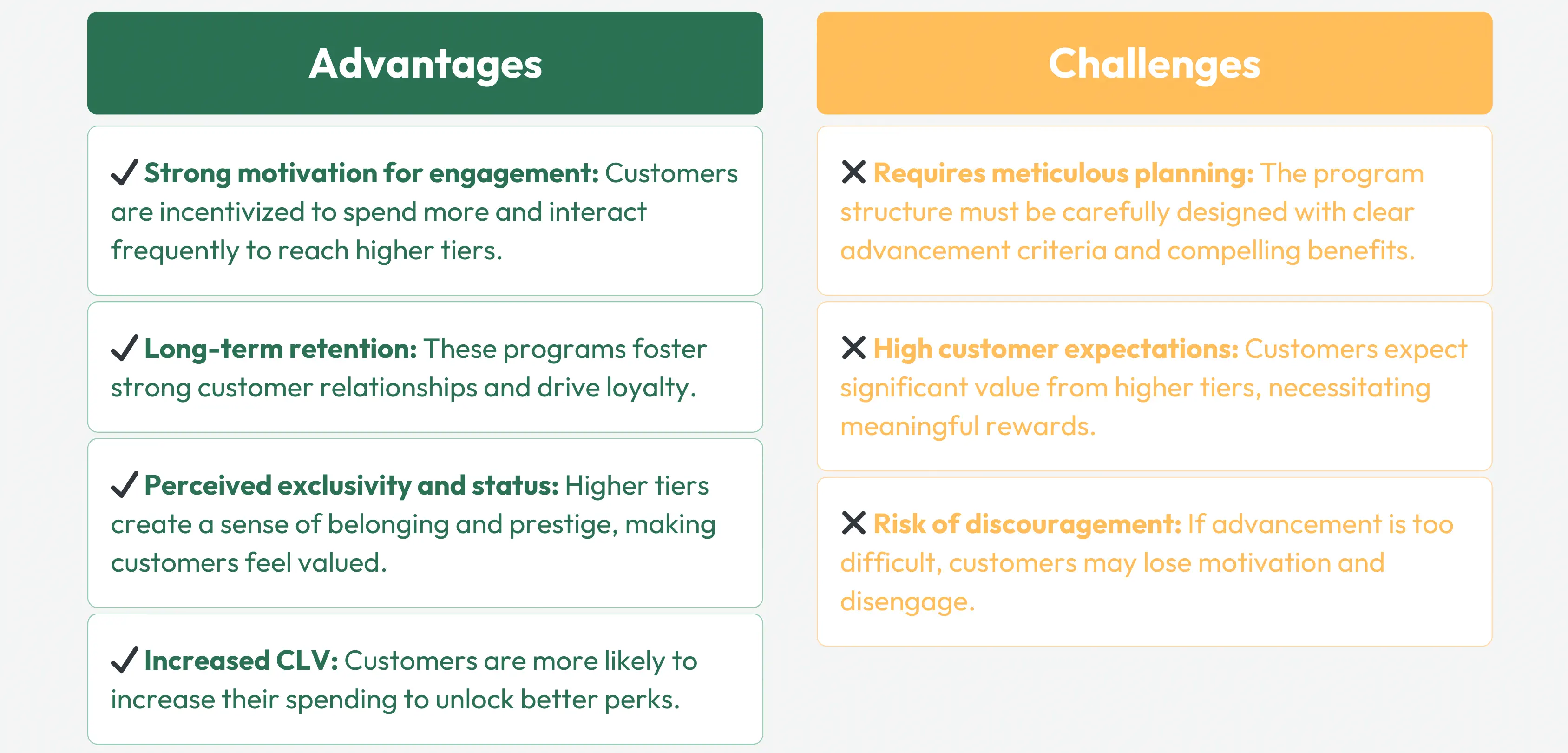Boss Nha Cai: Your Guide to Winning Big
Explore the latest tips and trends in online betting.
Loyalty That Clicks: Unraveling Digital Loyalty Mechanics
Discover the secrets of digital loyalty programs that truly engage customers and elevate your brand. Click to unlock the mechanics today!
Understanding the Psychology Behind Digital Loyalty Programs
In today's competitive market, understanding the psychology behind digital loyalty programs is crucial for businesses looking to foster customer retention. These programs tap into fundamental human instincts: the desire for rewards, a sense of belonging, and the pleasure of gaining recognition. When customers perceive a value in their engagement with a brand, they are more likely to become loyal patrons. The integral elements of reward systems—such as points accumulation and tier systems—create a gamified experience that encourages repeat interaction. By leveraging behavioral psychology, businesses can design programs that not only incentivize purchases but also cultivate a deeper emotional connection with their audience.
Moreover, the effectiveness of digital loyalty programs is enhanced by personalization. By utilizing customer data, brands can tailor offers and rewards to individual preferences, thus increasing the perceived value of the program. According to studies, personalized experiences lead to higher engagement rates, as customers feel understood and valued. Additionally, the use of social proof, such as showcasing testimonials or user-generated content, can significantly boost a program's credibility and attractiveness. Ultimately, the key to building a successful digital loyalty program lies in a comprehensive understanding of customer psychology, combined with innovative strategies that foster a sense of community and belonging.

Counter-Strike is a highly popular multiplayer first-person shooter game that has captivated gamers worldwide. It involves two teams, terrorists and counter-terrorists, competing to complete objectives such as bomb defusal or hostage rescue. Players often seek to enhance their gaming experience, and one way to do this is by utilizing a stake promo code for various in-game benefits.
Top 5 Digital Loyalty Strategies That Drive Customer Engagement
In today's competitive market, implementing effective digital loyalty strategies is crucial for driving customer engagement. One of the top strategies is the utilization of mobile apps that offer personalized rewards. By providing customers with a tailored experience through an app, businesses can not only reward repeat purchases but also gather valuable data on customer preferences and behaviors. Another effective strategy is the use of social media platforms to create interactive loyalty programs. By encouraging customers to share their experiences and rewards on social media, brands can enhance visibility and engage with a wider audience.
Additionally, integrating gamification elements into loyalty programs can significantly boost customer engagement. This involves making the rewards process fun and competitive, offering points for specific actions, or allowing customers to unlock badges. A fourth strategy is the implementation of tiered loyalty programs that reward customers based on their spending levels, thus motivating them to increase their purchases to reach the next tier. Lastly, leveraging data analytics to understand customer behavior can help businesses refine their loyalty strategies. By continually assessing customer feedback and engagement metrics, brands can adapt and evolve their loyalty programs for maximum impact.
How to Measure the Success of Your Digital Loyalty Initiatives
Measuring the success of your digital loyalty initiatives is crucial for understanding their impact on customer retention and engagement. Start by defining clear key performance indicators (KPIs) such as repeat purchase rate, customer lifetime value (CLV), and engagement rates with loyalty programs. Additionally, consider tracking metrics like customer feedback and satisfaction scores to gauge the overall sentiment towards your initiatives. Using tools such as Google Analytics can help you monitor these data points effectively.
Once you've established your KPIs, create a framework for regular analysis. This could involve monthly or quarterly reviews of the data collected, allowing you to identify trends and patterns in customer behavior. Implementing A/B testing can also be beneficial, helping you to compare different loyalty program strategies. By maintaining a consistent review process, you'll be better equipped to make data-driven decisions that enhance the effectiveness of your digital loyalty initiatives.